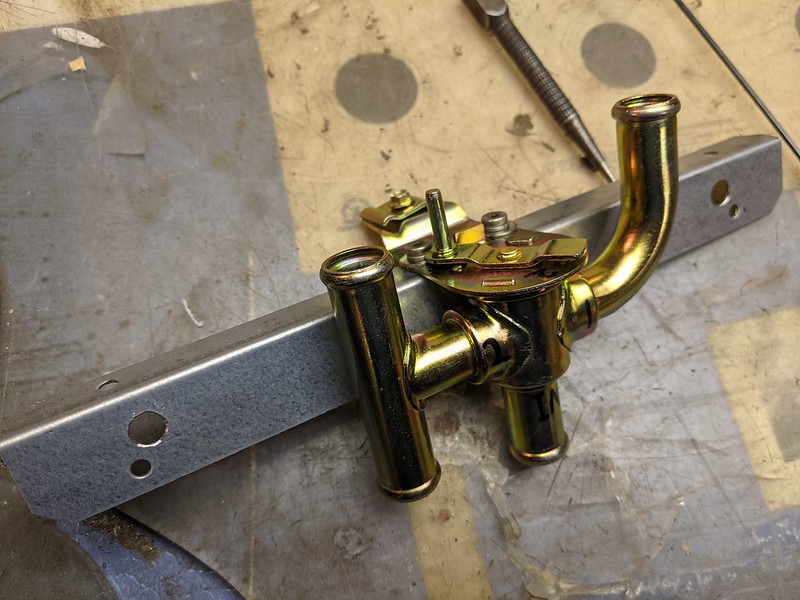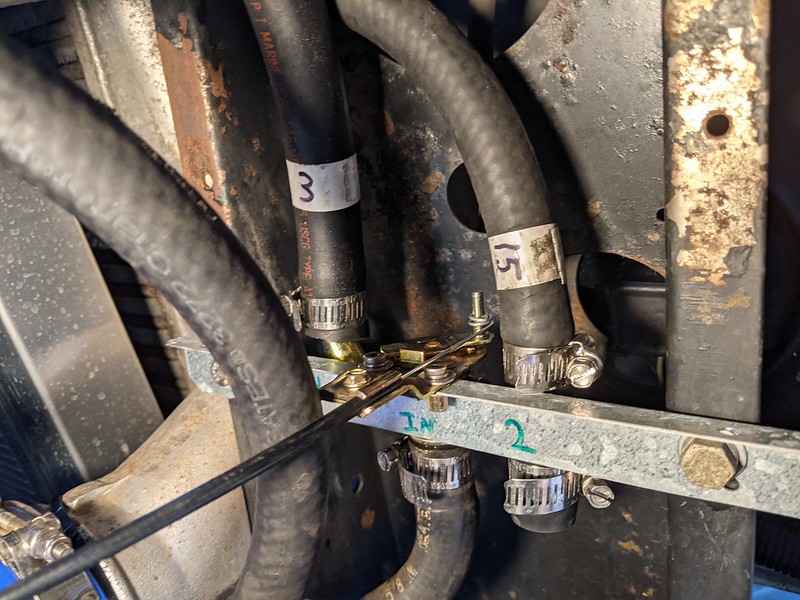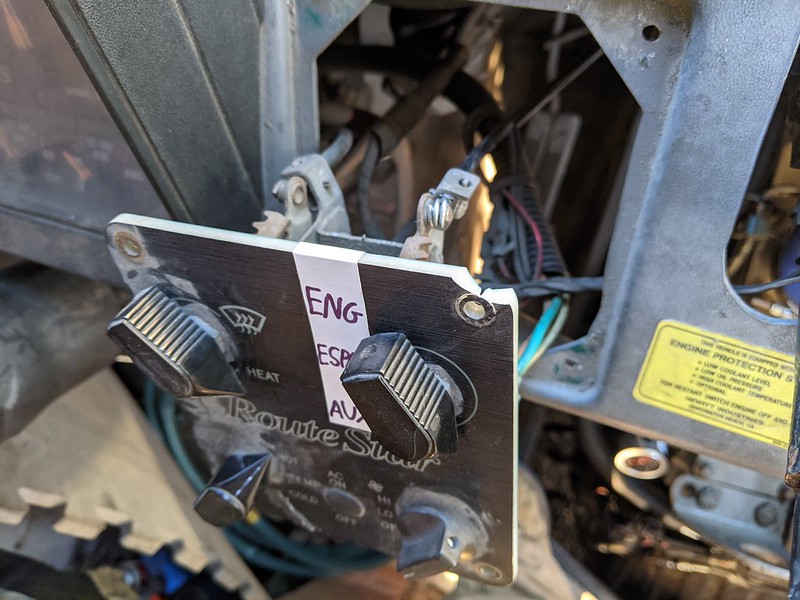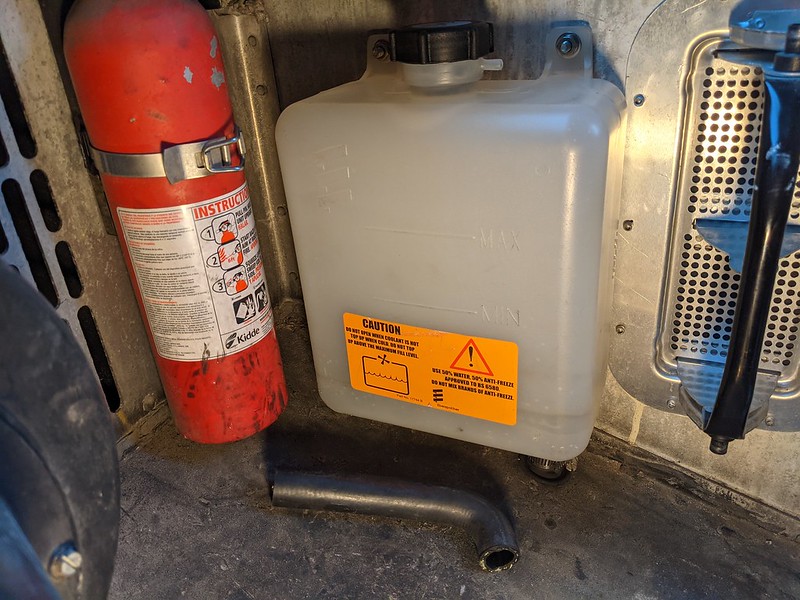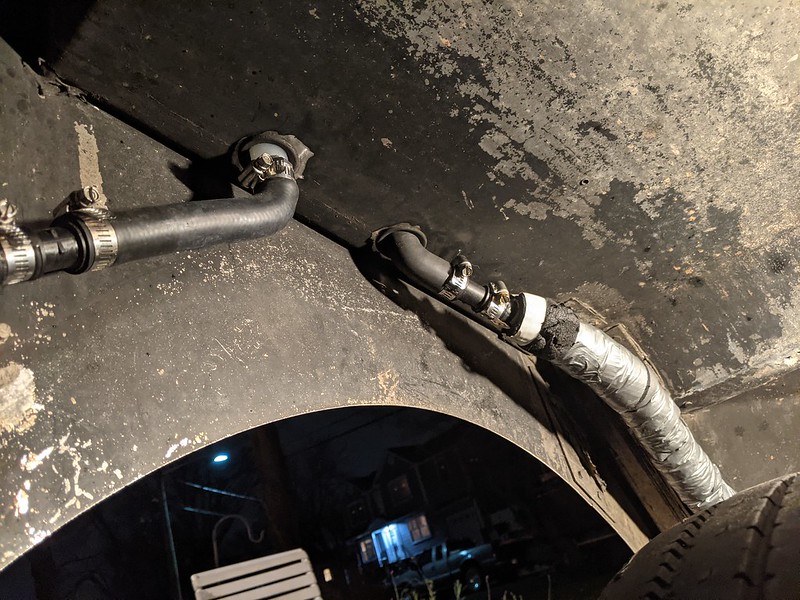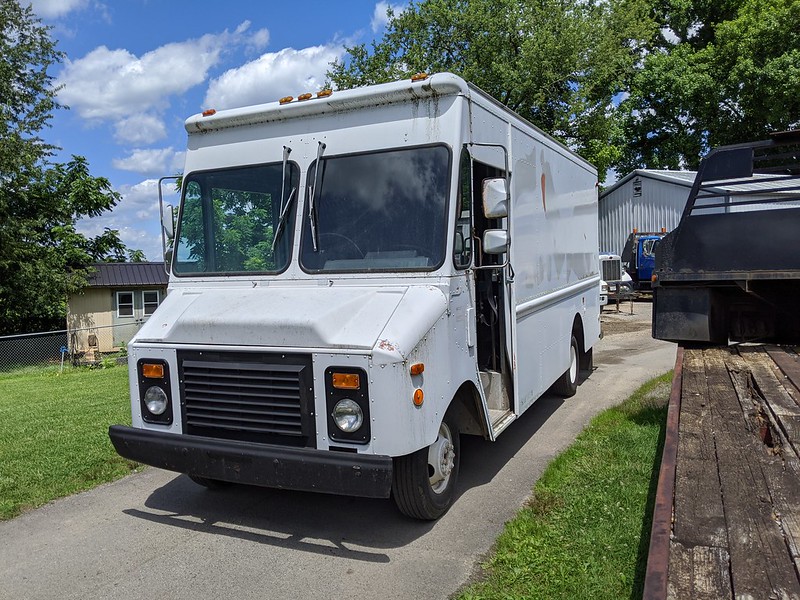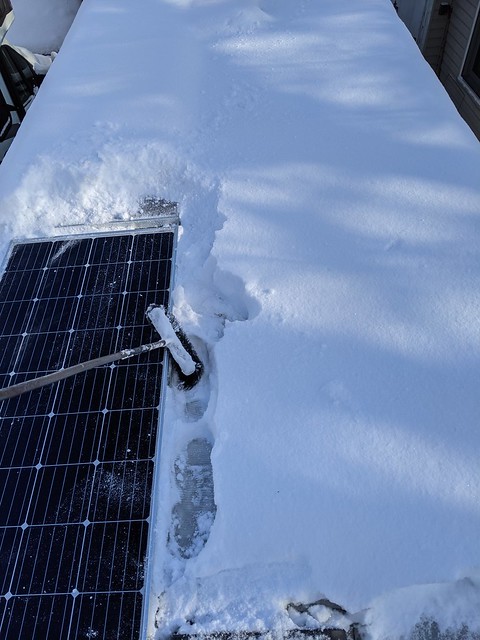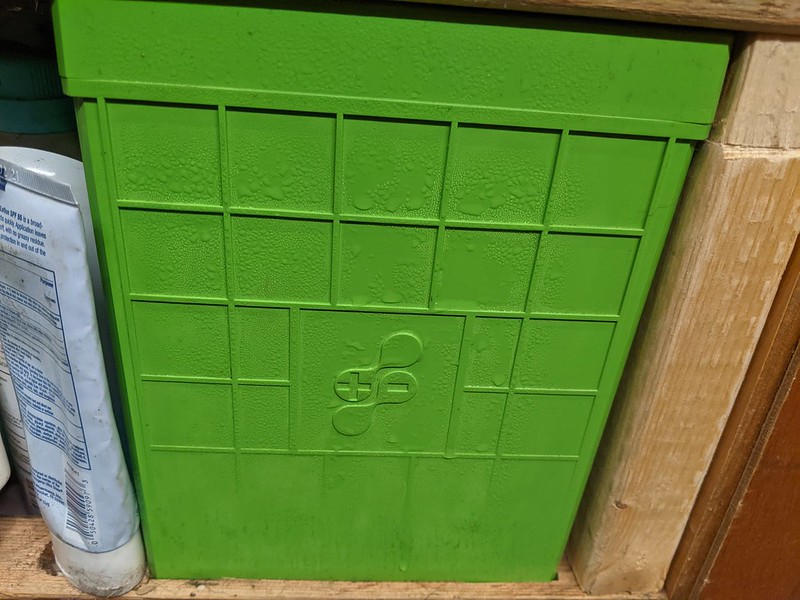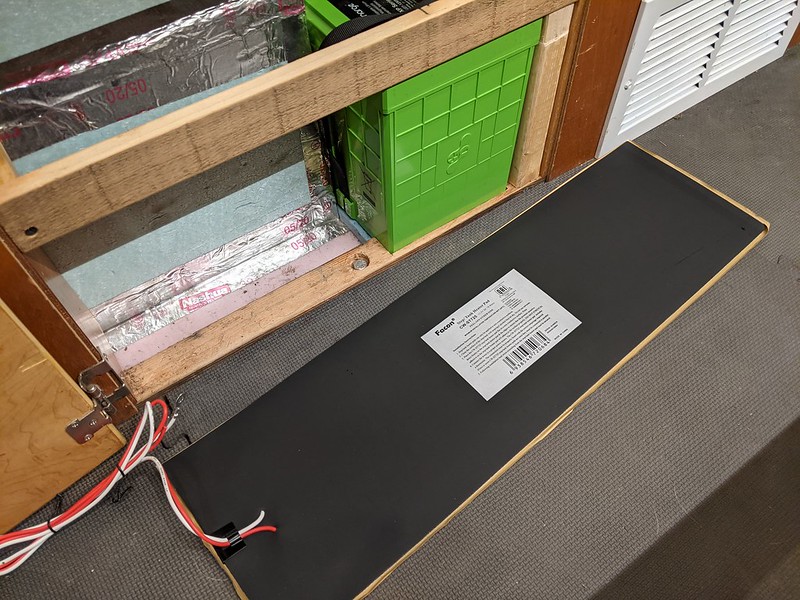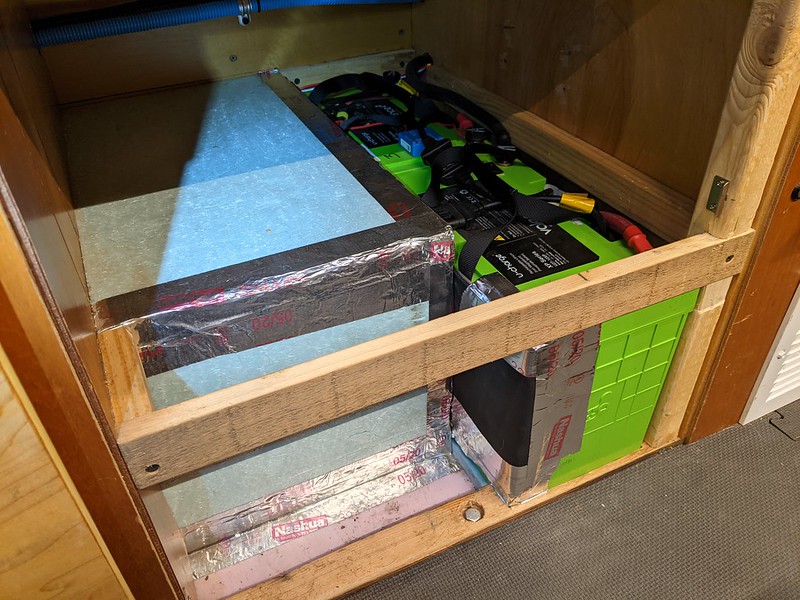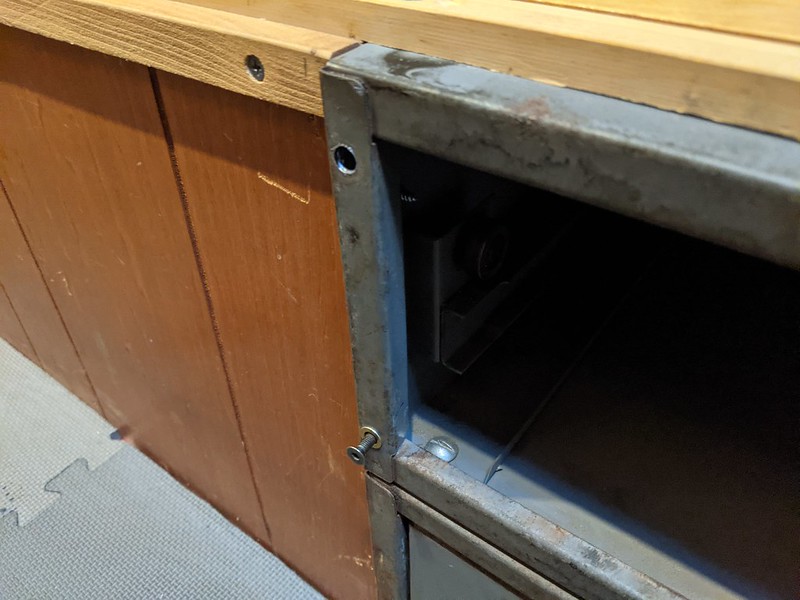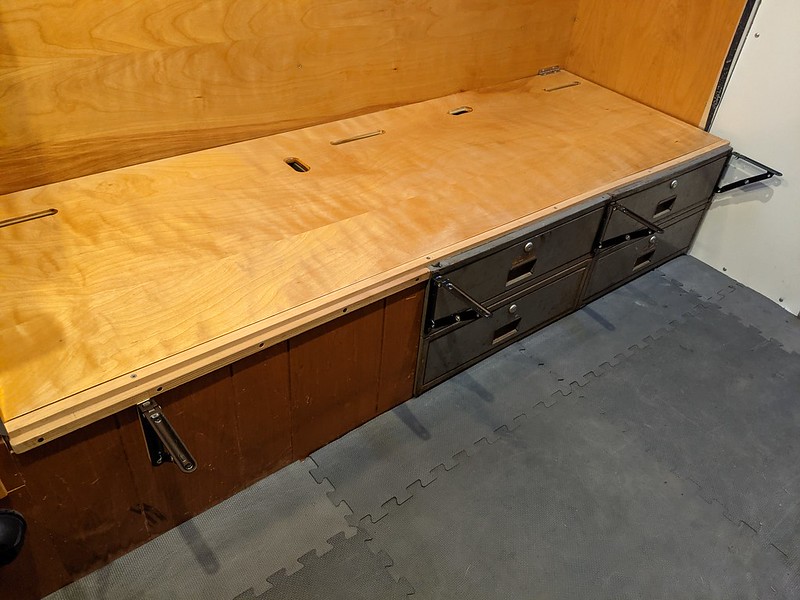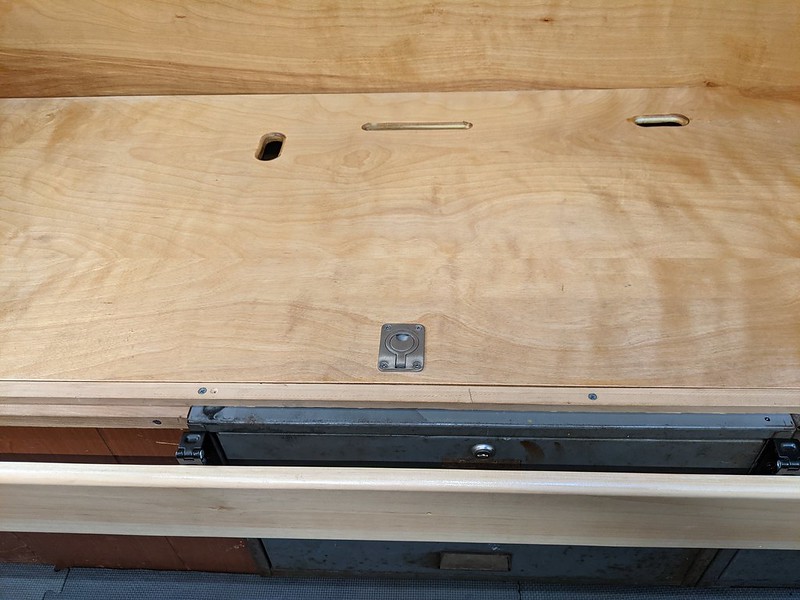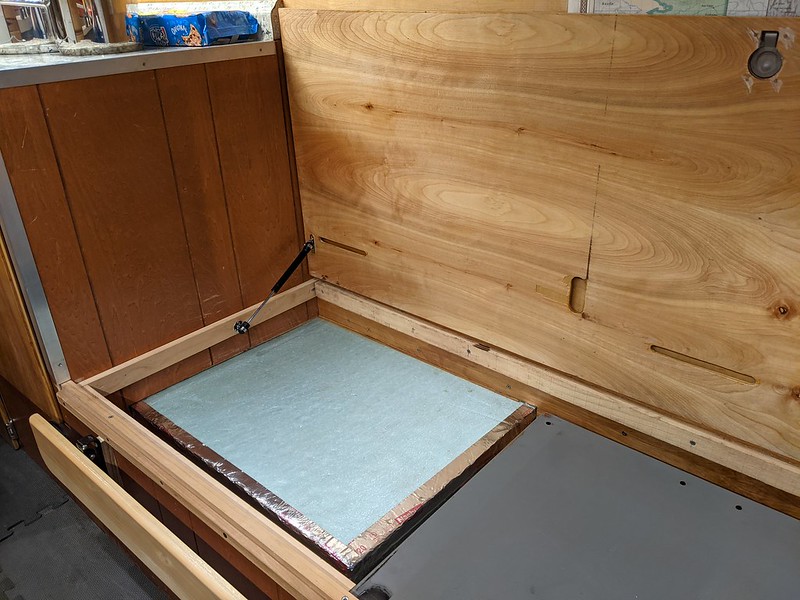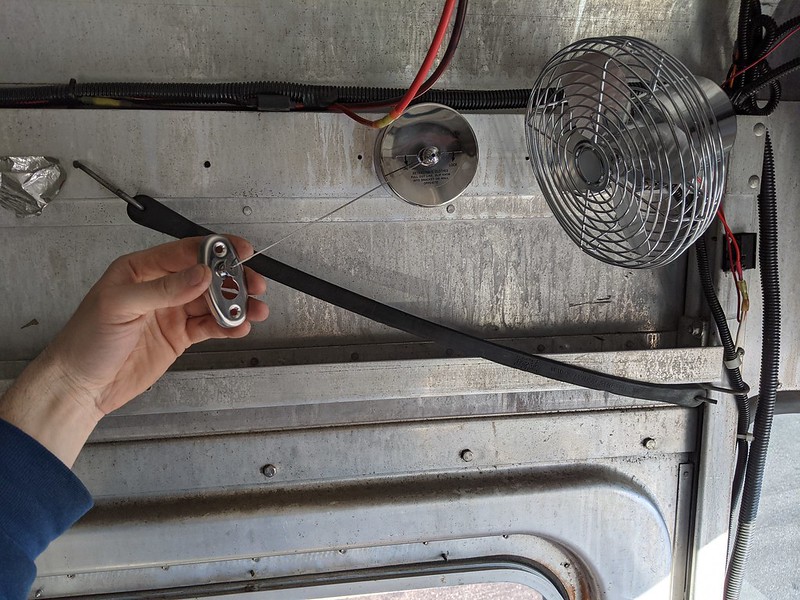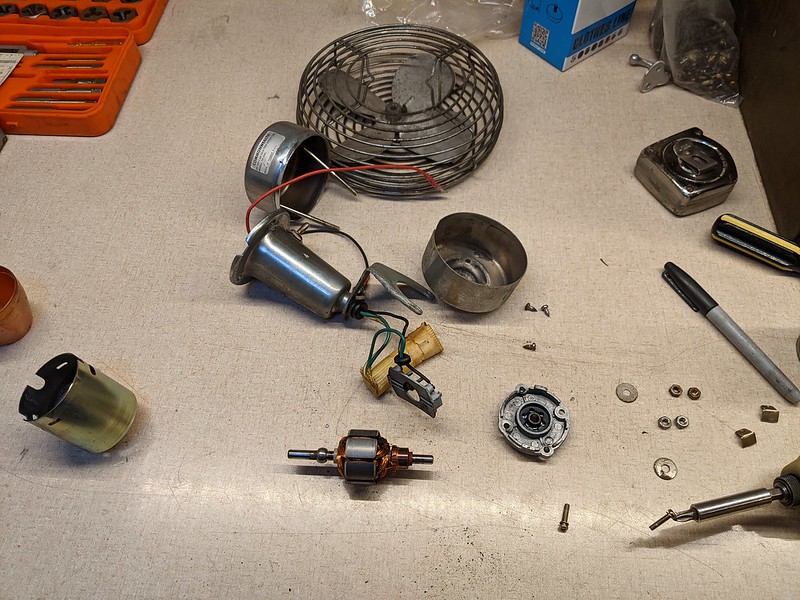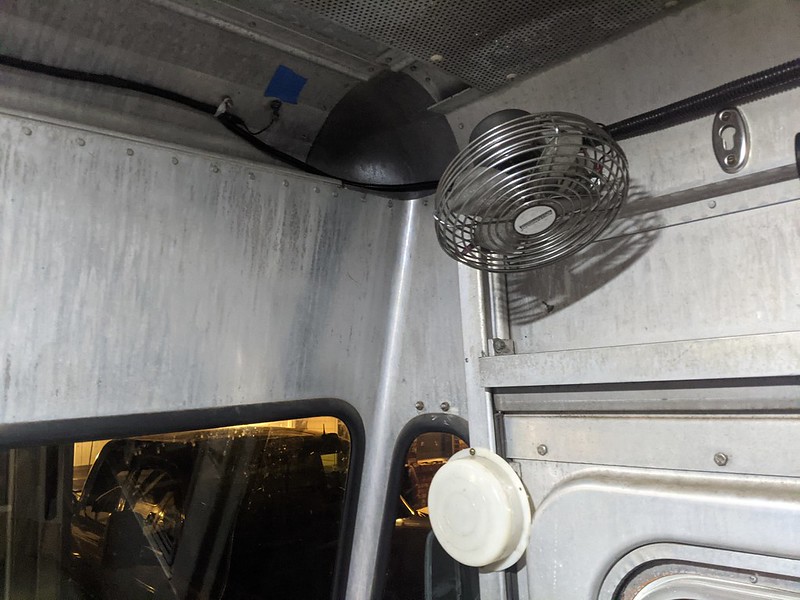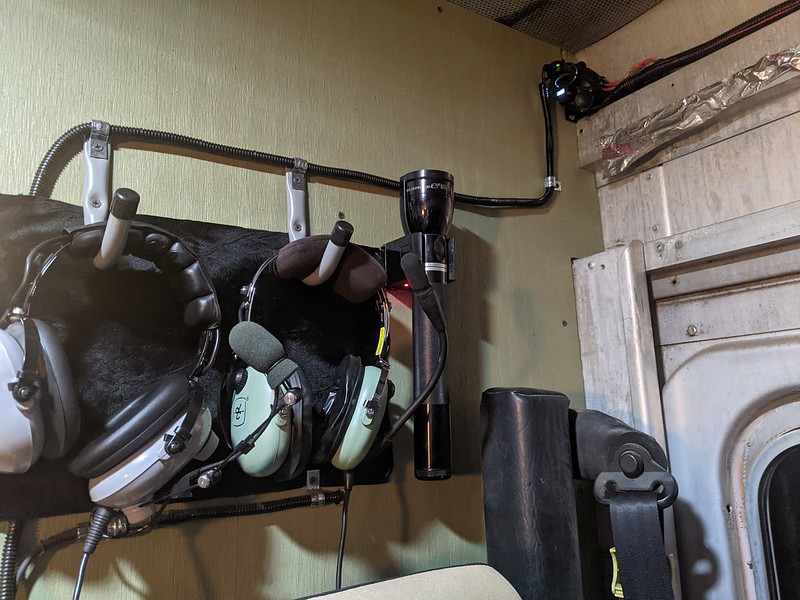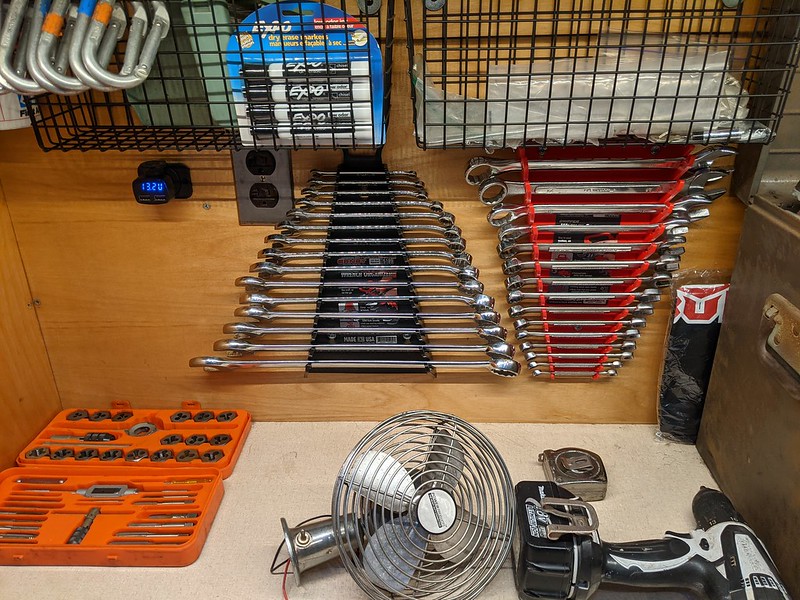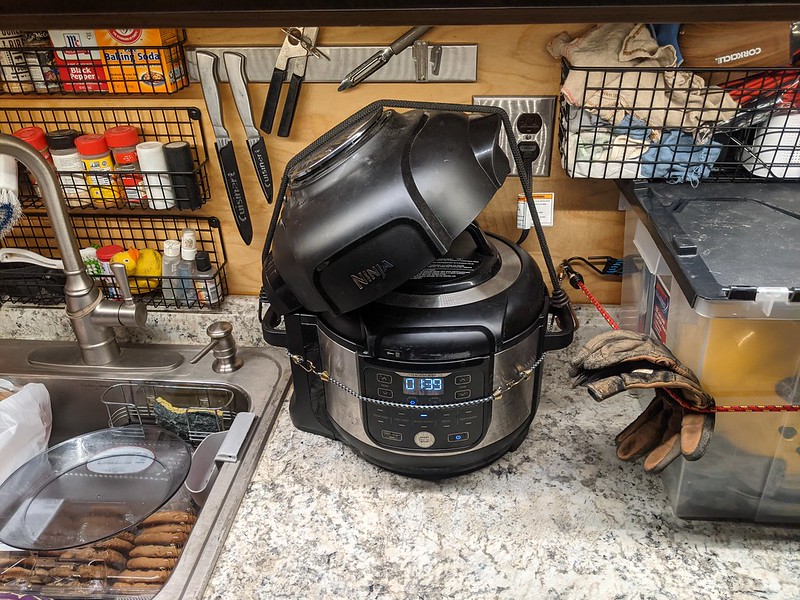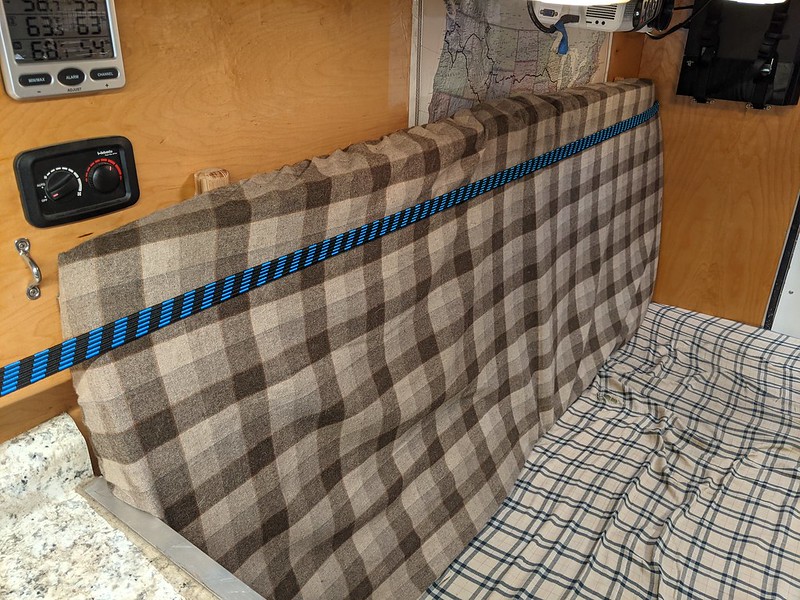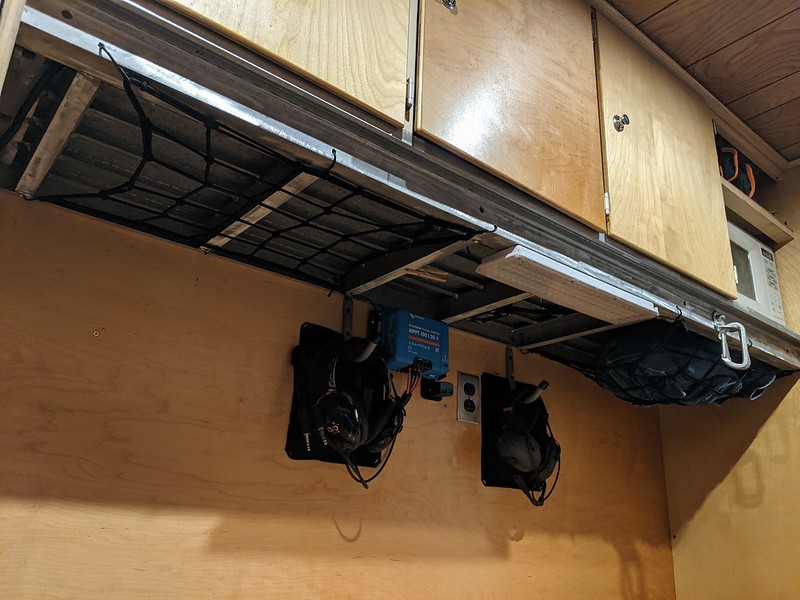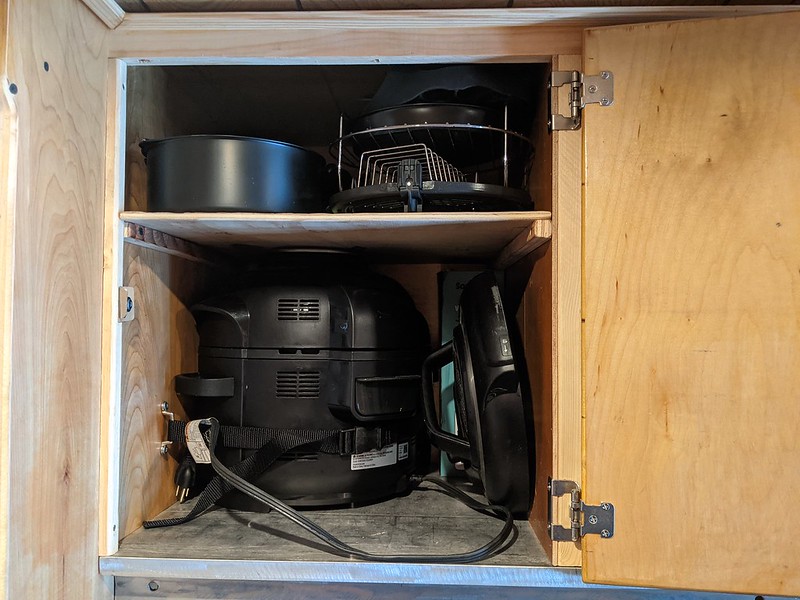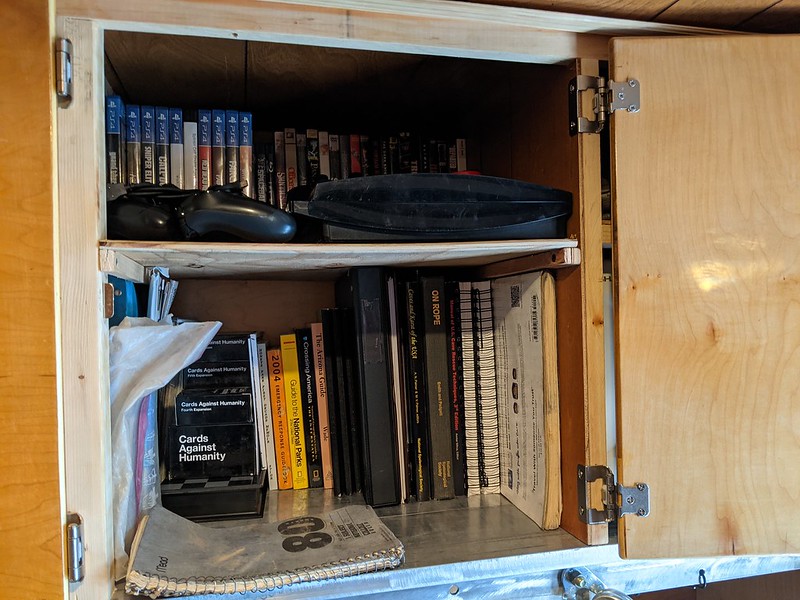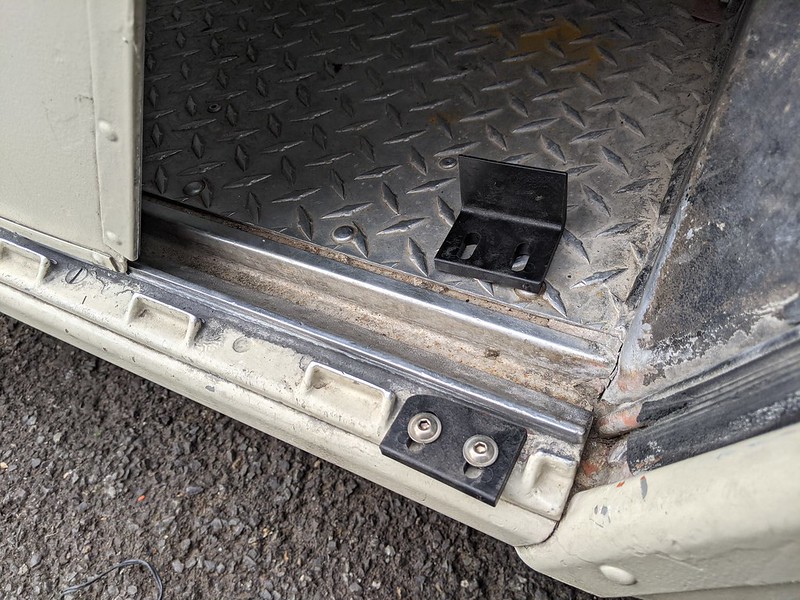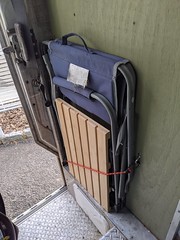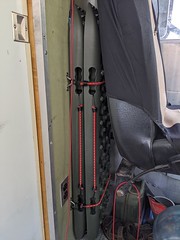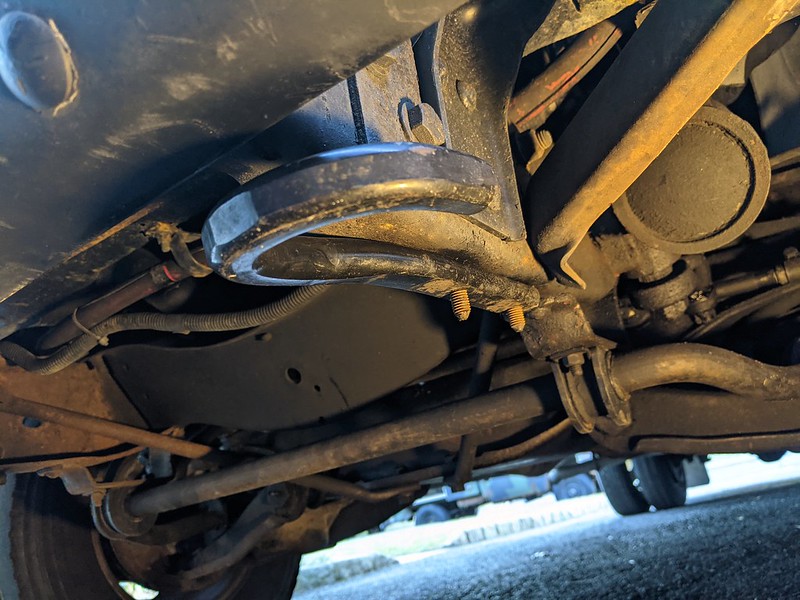Is spring here yet? Boy, it's cold, but good thing for the diesel heater! Staying nice and toasty inside!
Doing my best to keep the batteries charged up. But If the diesel heat isn't running inside, the battery compartment drops below 5 degrees Celsius and the batteries are locked out of charging. No point in cleaning off the solar panels if they won't take a charge.
When I open the door to let heat in, and the batteries are super cold, they aren't happy and take forever to warm up when it's really cold, like maybe the next day they will fully warmed up to take a charge.
Solution, battery heater! But the pad heaters made for lithium batteries almost cost as much as the batteries! Through some research, I found another solution at a fraction of the cost. Picked up a tank heater pad, the ones you stick to your black/gray tanks to stop your waste from freezing. Figured if it was good enough for crap, it would be good for batteries!
Snuck the heat pad right along the sides of both batteries. Didn't use the peel and stick, just friction and some tape holds it in place. Heat pad has built in thermostat so I just had to wire it up to a fused circuit and good to go. Now I can turn that on and the batteries will always be warm enough to operate efficiently! It draws 78 watts, hopefully the duty cycle is low and doesn't pull more power out of the battery than we're trying to put in!













































































